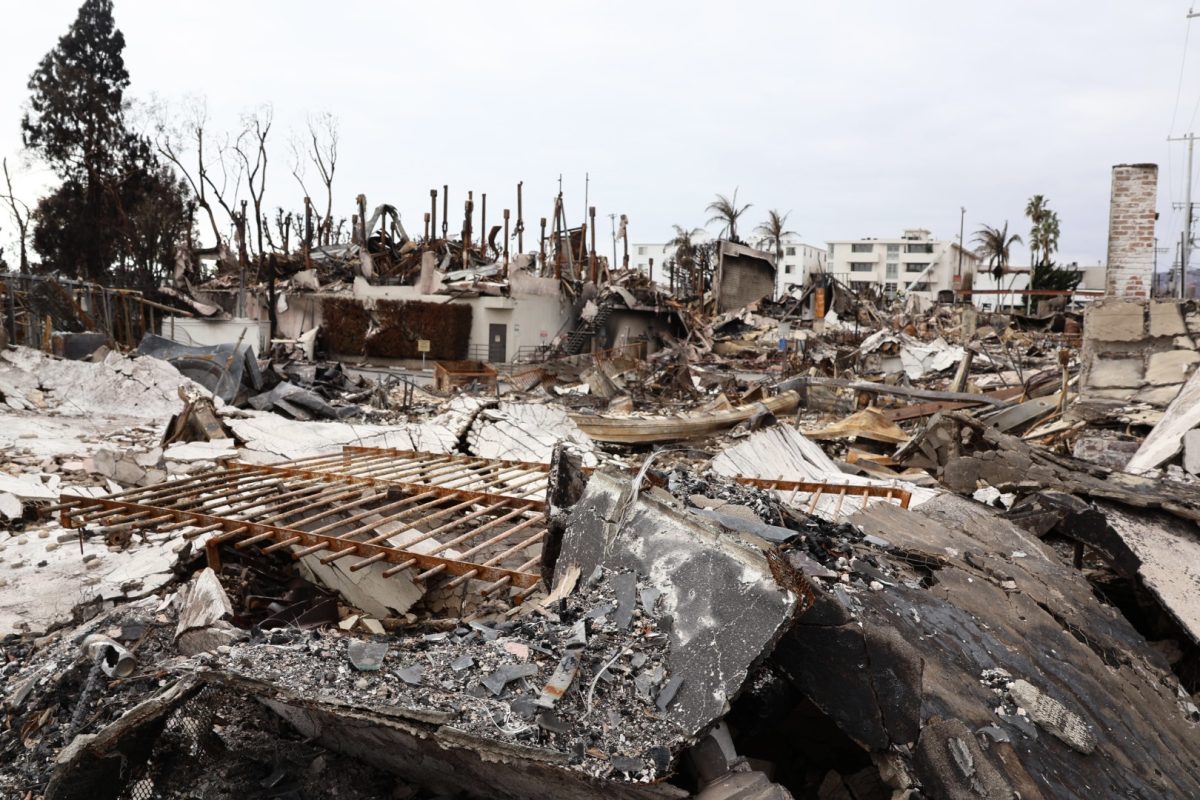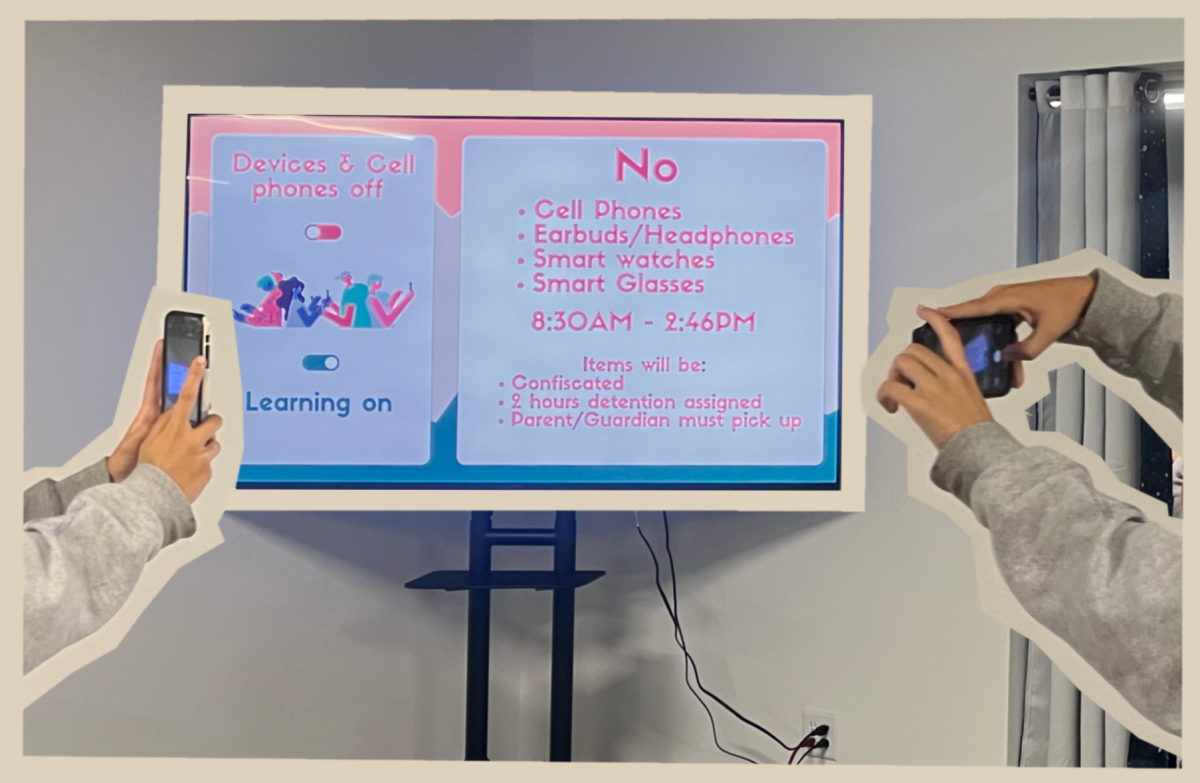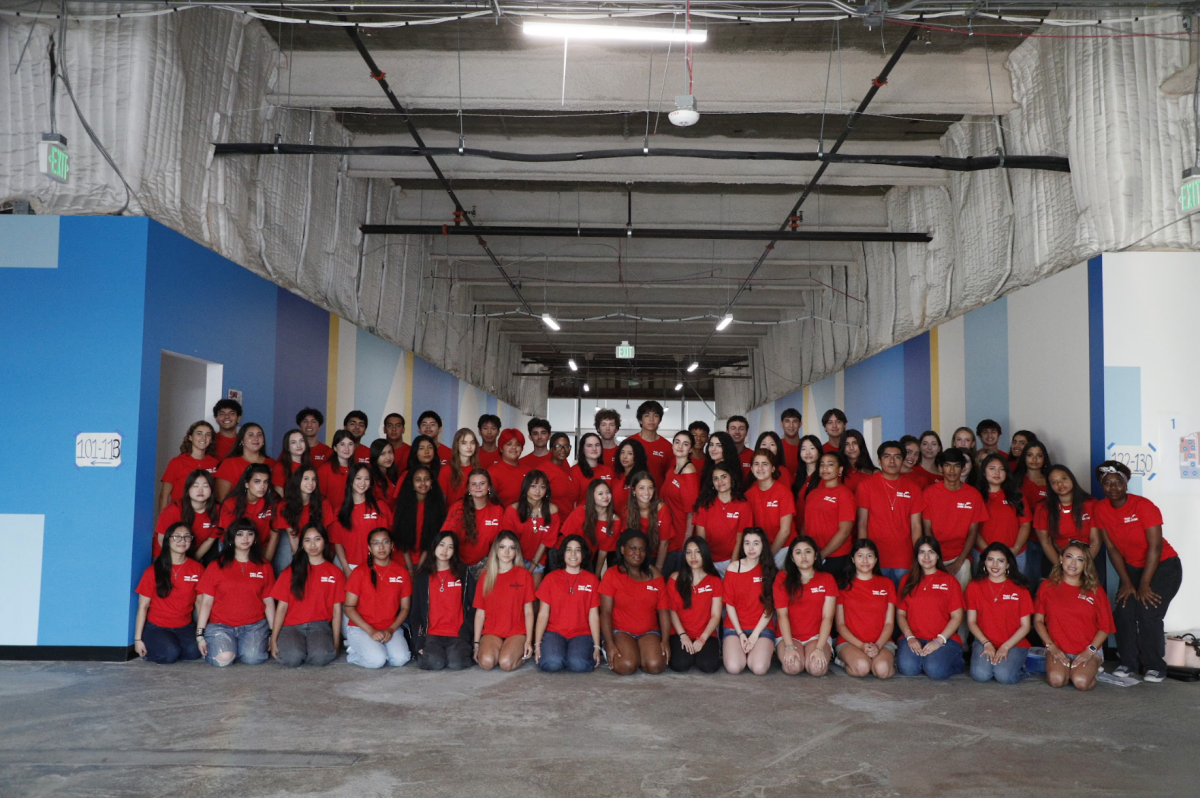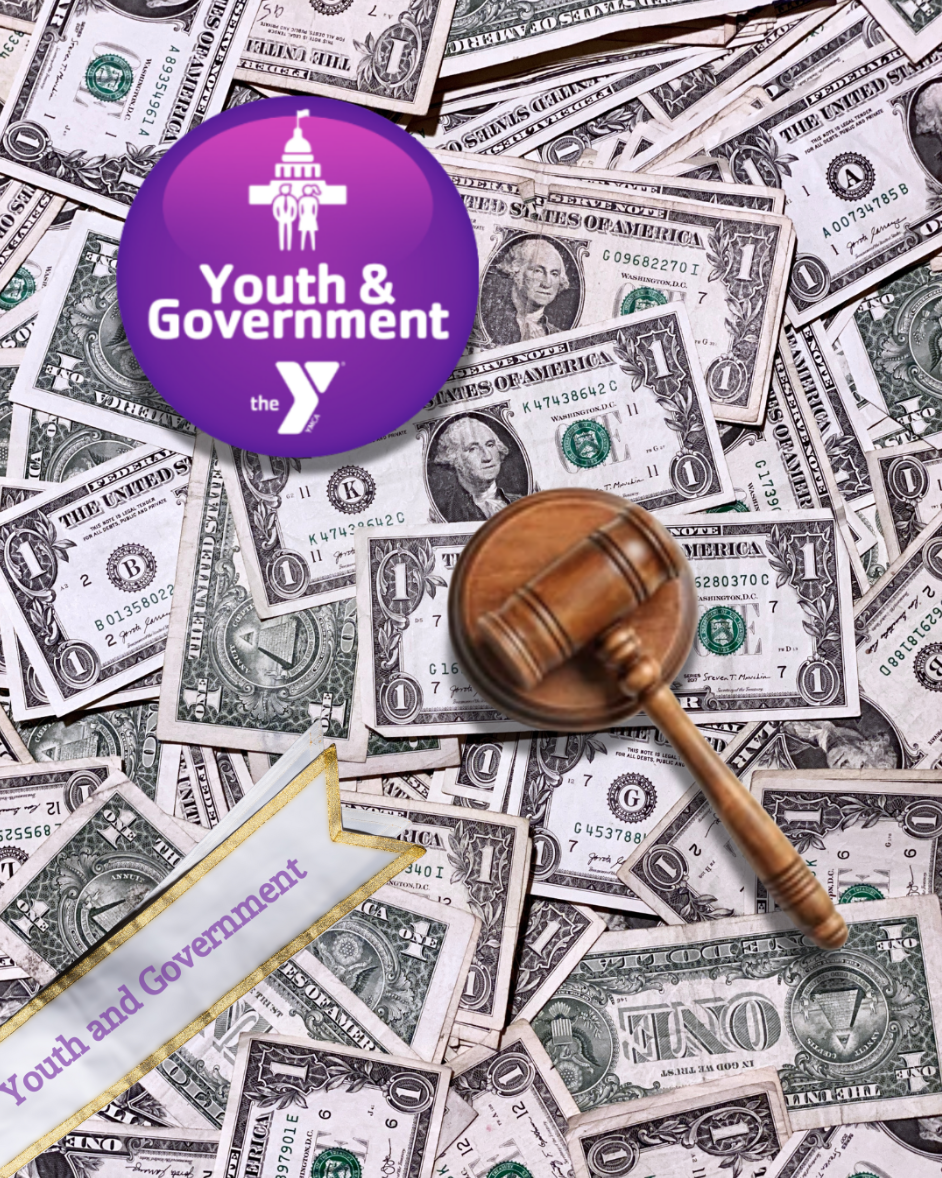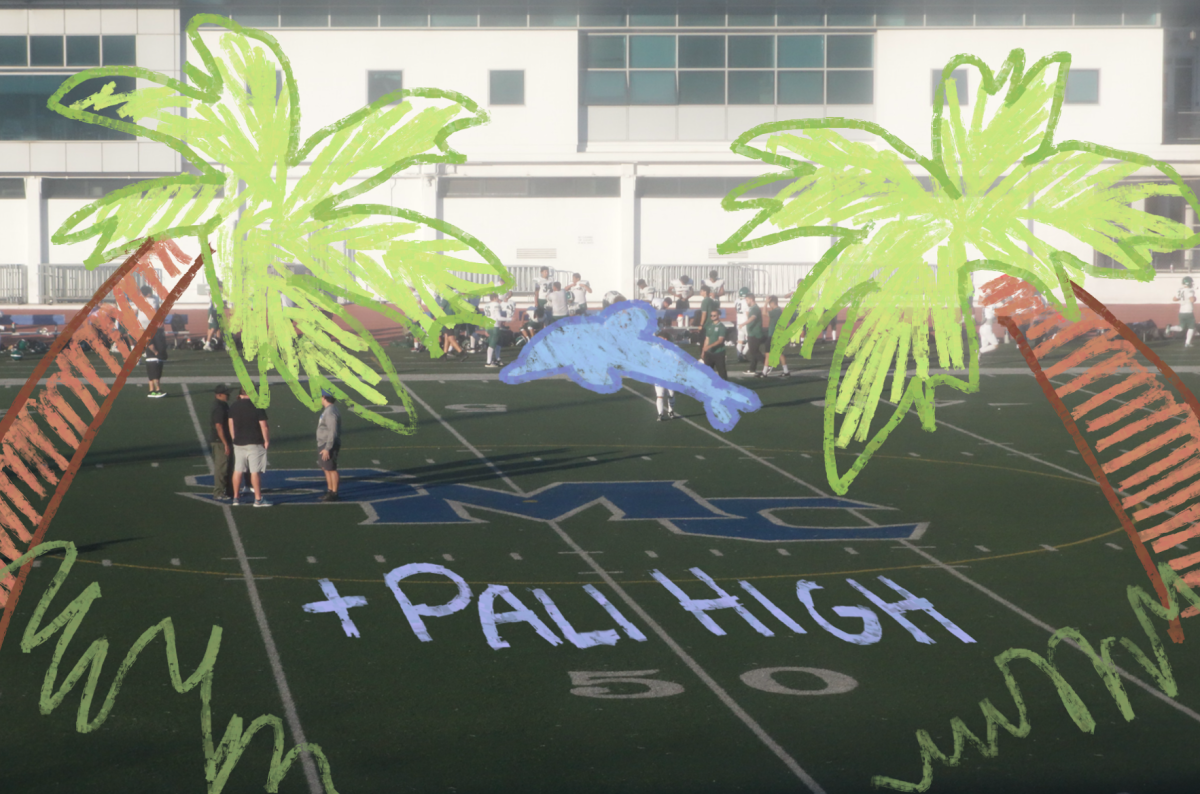A fast-moving wildfire erupted in the Pacific Palisades on the morning of Jan. 7. It consumed over 23,000 acres including parts of the Pali High campus, displacing students and staff.
According to the National Broadcast Company, the fire, which began at around 10:30 a.m. along the Temescal Ridge Trail in Topanga State Park, quickly escalated due to Santa Ana winds gusting at 100 mph, leading to one of the costliest and most destructive wildfires in United States history. The Palisades fire resulted in at least 12 deaths and the destruction of approximately 7,000 structures, according to the California Department of Forestry and Fire Protection. As of Feb. 1, it is 100 percent contained.
“I thought Tuesday was going to be a regular day, and 30 minutes after I woke up, I was running for my life, trying to get out,” said Pali senior Jack Oldfield, whose family home is in the Palisades Highlands.
The fire began a week before Pali was scheduled to begin the spring semester. That opening was delayed, as students and staff were given time to recover. Online learning began Tuesday, Jan. 21.
More than 40 percent of the structures on campus were damaged or destroyed by the wildfire, Pali executive director principal Pamela Magee said.
The Board of Trustees is scheduled to meet Tuesday, Feb. 11 to discuss a temporary home for the school, which Los Angeles Unified School District officials say could reopen in the fall of the 2025-26 school year.
The cause of the Palisades Fire is currently under investigation. According to the Los Angeles Times, the fire is rumored to have started by the rekindling of the Lachman Fire, which began roughly a week earlier in the same area and was sparked by fireworks. However, the LA Fire Department has not confirmed details of the causes.
The fire’s growth was exacerbated by unusual environmental conditions according to the Los Angeles Times. Prior to the fire, there had been no rain in the Palisades for eight months, and according to a UCLA study, vegetation in Los Angeles was 25 percent drier than average, making it more flammable.
The impact of these conditions prompted a mandatory evacuation order for around 200,000 residents according to the Columbia Broadcasting System. However, some residents had difficulty evacuating.
Oldfield said that he was surrounded by the fire and trapped in his house in the Highlands for five hours due to all exit roads being blocked.
“I saw the back of a fire station on fire and that really opened my eyes to how serious the situation was,” Oldfield said. “That’s when I began to fear for my home and family as well as people’s lives.”
Due to the evacuation orders, designated emergency shelters were opened by the state.
Pali AP Environmental Science teacher Steve Engelmann was evacuated from his home and spent a night at an evacuation center in Westwood. He explained that despite the stress and noise that made it hard to sleep, he was grateful for the support of many individuals.
“Volunteers showed up within seconds,” Engelmann said. “They weren’t paid. They were constantly asking what we needed. They spent the whole night helping us.”
Despite having the ability to stay with friends and family, Engelmann chose to go to the evacuation shelter believing he would be home in a few hours. After staying the night, he reflected upon how many people need to rely on this type of relief.
“Understanding how many are in that situation, that didn’t have anywhere else to go, changed my perspective on the fire’s impact on the community,” he said.
In the face of this destruction, the Palisades community has begun efforts to rebuild. Families and businesses have received support across the nation through GoFundMe and other fundraising platforms, including the Raise Pali, which was launched by the school. Because of the immense support, plans to rehabilitate Pali are already underway.
“I’m hopeful for the future of the Palisades because our community is so strong,” Oldfield said. “Together, we will rebuild and get past this.”


